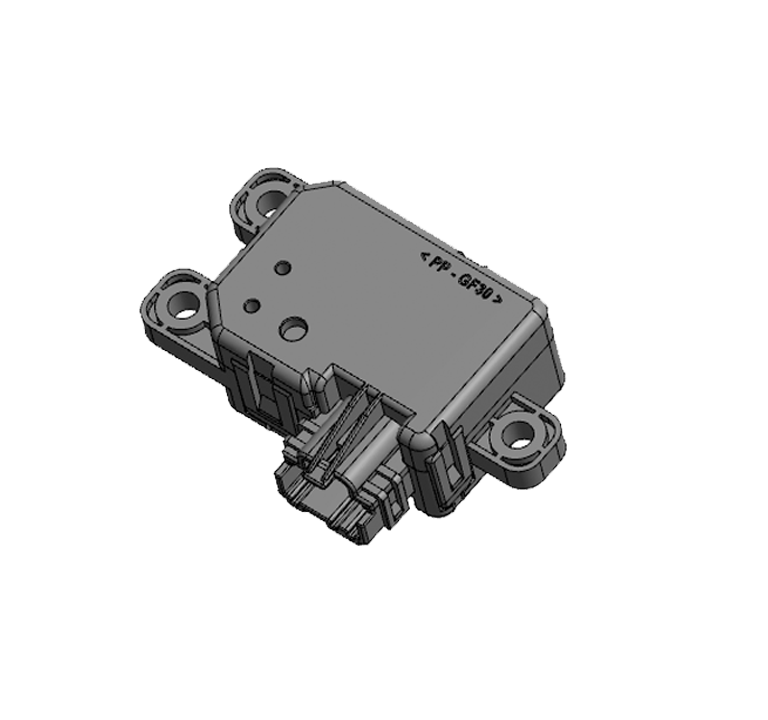I. Overview of vent actuator
A vent actuator is an actuator that uses air pressure to drive a valve to open, close, or adjust. It is also known as a pneumatic actuator or pneumatic device, but it is often referred to as a pneumatic head. The actuator and regulating mechanism of the pneumatic actuator are a unified whole, and the actuator has diaphragm type, piston type, fork type and rack and pinion type.
Long piston stroke, suitable for large thrust occasions. However, the diaphragm travel is small and can only drive the stem directly. The fork pneumatic actuator has the characteristics of large torque and small space. The torque curve is in line with the torque curve of the valve, but it is not very beautiful. Usually used on high torque valves. Rack and pinion pneumatic actuator has the advantages of simple structure, stable and reliable action, explosion protection and so on. Widely used in power plant, chemical, oil refining and other demanding production processes.

Classification of vent actuators
1. Thin film actuator
Diaphragm actuators are commonly used. Can be used as a general control valve driving device, pneumatic thin film actuator. The signal pressure P of pneumatic diaphragm actuator 9 acts on the diaphragm, so that the diaphragm deformation, drive the push rod on the diaphragm to move, so that the spool displacement, thus changing the opening of the valve. It has the advantages of simple structure, low price, convenient maintenance and wide application. There are two types of pneumatic actuators: positive and negative.
When the signal pressure from the controller or valve positioner 9 increases, the downward movement of the stem is called the forward acting actuator Q; When the signal pressure increases, the stem moves up. This is called reaction actuator 9. The signal pressure acting on the actuator is introduced into the diaphragm air chamber above the corrugated diaphragm. The signal pressure of the reaction actuator is introduced into the membrane air chamber beneath the corrugated membrane. By replacing a single part, two people can modify each other.
2. Piston actuator
Pneumatic piston actuator makes the piston move in the cylinder to produce thrust. Obviously, the output force of the piston is much greater than the output force of the diaphragm. Therefore, the membrane type is suitable for small yield, high precision occasions; Piston type is suitable for high output force, such as large cylinder diameter, high pressure drop control or butterfly valve push device. In addition to diaphragm and piston type, there is a long stroke actuator 9, long stroke, large torque, suitable for the output angular displacement and torque of the occasion.

